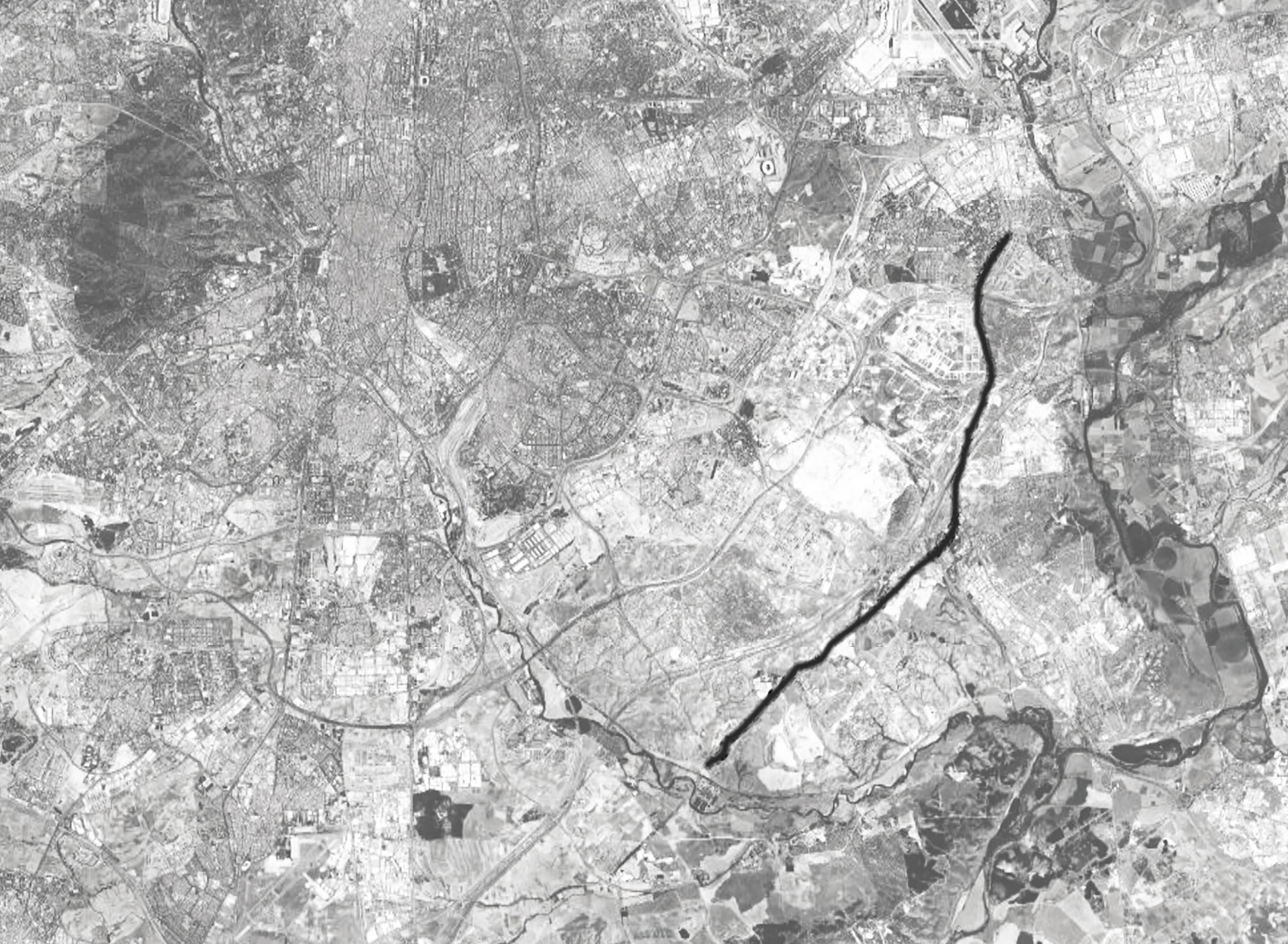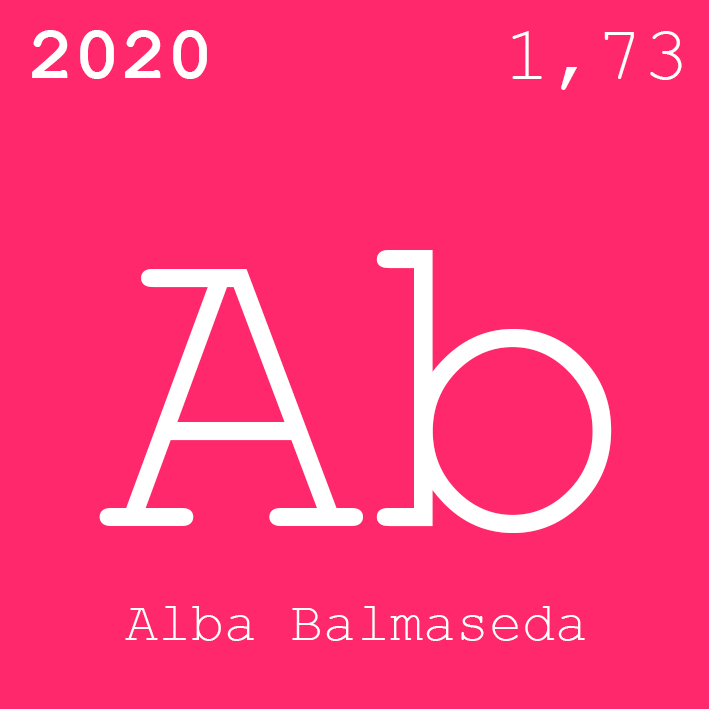



CAÑADA REAL
Processes of transformation in the informal
settlement of Cañada Real Galiana (Madrid)
The ‘Cañadas Reales’ are
livestock routes reserved for transhumance of cattle between different areas of
Spain. They were created in the modern age and are owned by the State. In principle, law said it was strictly
prohibited to build in a ‘Cañada Real’.
During the 60s-70s law was
modified. From that moment, law allowed to established small orchards and
storage houses along its route to facilitate the journey of the transhuman shepherds.
In general, this regulation
had not a big impact on the rural areas, but arriving to Madrid were density is
very high, the law created a gap between strict legality and illegality that
was taken from the most vulnerable population as a chance to have a house.
Currently, the informal
settlement of Cañada Real in Madrid is a 15 km length succession of self-built
shacks. It extends from the
Avenida de la Cañada de
Coslada till the limit between Madrid and Getafe, crossing Coslada,
Rivas-Vaciamadrid and Madrid. In the last 20 years the number of buildings and
inhabitants has been increasing enormously, estimating its existing population
in 50,000 inhabitants.
The area presents a
fragmented and unstructured urban fabric, with a vulnerable and socially
excluded population, which in some sectors reaches high levels of marginality.
Especially the so-called sector 6, which covers about half of the settlement,
suffers from high levels of discrimination, insecurity and, in general,
degradation.
In the Design Studio we
worked collectively on researching solutions for the informal settlement,
through proposing hypotheses of urban processes and fabrics that could achieve
a correct integration of this reality in Madrid’s conurbation.
Professors
Mentors
Alba BalmasedaElia Sáez
